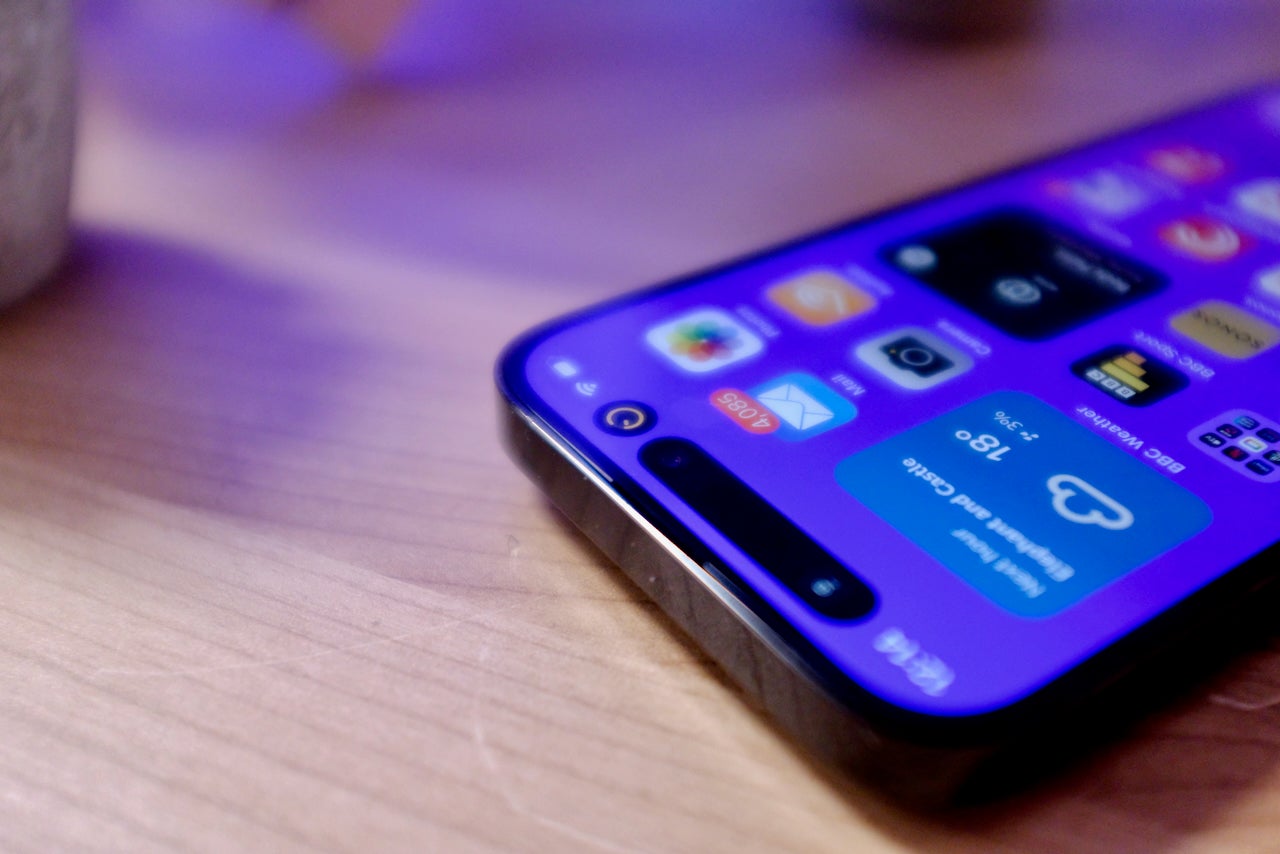Apple A16 Bionic: All you need to know about the mobile chip

The Apple A16 Bionic is set to become the previous top iPhone chip, with the iPhone 15 Pro set to launch imminently alongside the expected debut of the A17 Bionic. But, it isn’t going anywhere though, featuring on the new iPhone 15 and iPhone 15 Plus.
A new iPhone typically brings a new Apple mobile chip and that’s exactly what happened with the iPhone 14 Pro and 14 Pro Max devices. And, we’re expecting the same for a new A17 Bionic alongside the iPhone 15 Pro and Pro Max.
The iPhone 14 Pro devices received the A16 Bionic chip, while it was the A15 Bionic for the regular ol’ iPhone 14 and 14 Plus phones. Here’s our straightforward guide to the chip.
Release date
The Apple A16 Bionic chip debuted inside the iPhone 14 Pro and iPhone 14 Pro Max, which launched on 16 September. The A16 Bionic will also feature on the new iPhone 15 and iPhone 15 Plus.
Specs
Apple A16 Bionic is built upon a 4nm architecture, with the smaller process node allowing Apple to cram in additional transistors: 16 billion in total.
For comparison, the preceding A15 Bionic chip only packs 15 billion transistors, since it has a marginally larger 5nm process node. The greater number of transistors generally results in a speedier performance, so it provided a boost for the iPhone 14 Pro.

The A16 features a 6-core CPU, made up of 2 high-performance cores and 4 high-efficiency cores. That’s the exact same count as the A15 chip.
Apple claims the A16 Bionic is the most powerful smartphone chip in the world, supposedly being 40% faster than the competition. We’re not entirely sure what Apple means by that, but this is certainly looking like a speedy chip.
Other notable upgrades include 50% more memory bandwidth, a new neural engine that can perform 17 trillion operations per second, and an Advanced ISP that will help to improve the quad‑pixel camera sensor.








